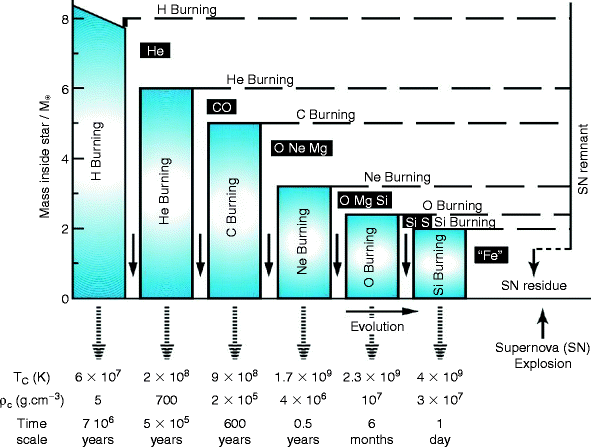Connecting Large and Small Scale Physics

Source: d2r55xnwy6nx47.cloudfront.net Introduction What is Large and Small Scale Physics? Large and small scale physics refers to the study of physical phenomena at different size ranges. In this context, “large scale” typically refers to macroscopic objects or systems, while “small…









